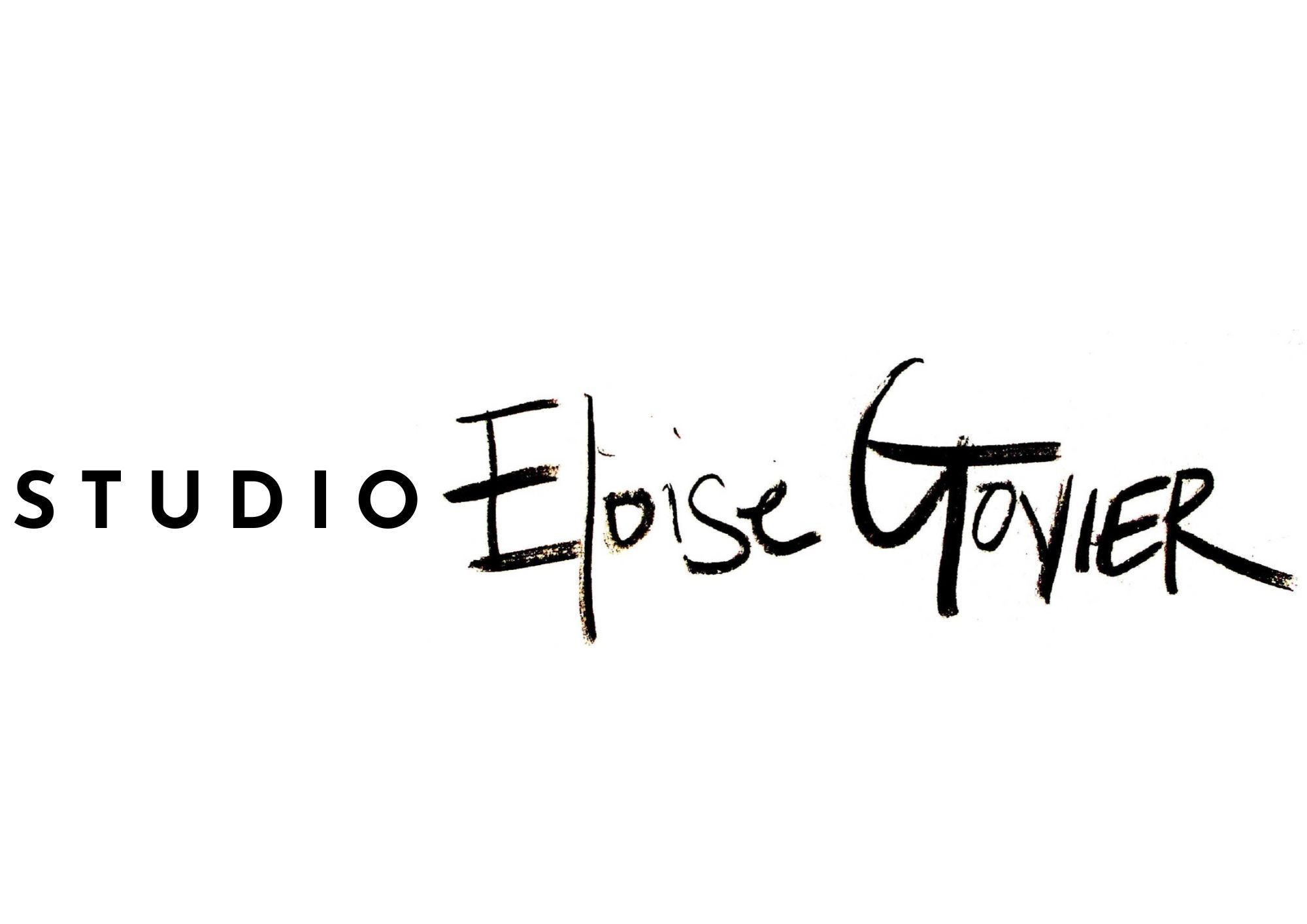CAA 2021 / Digital Crossroads, Cyprus University of Technology (virtual conference)
Session 15 Archaeological Exploration of Digital Spaces
Title: “Exploring ‘humAIn’ correspondences with digital spaces through archaeological theory and creative practice”
My presentation at the conference is supported by a bursary from a-n The Artists Information Company. I am truly grateful for their support. #ArtistBursaries2020
Overview
My presentation at the CAA (University of Oxford) will showcase a new body of works that capture the ephemeral movements of fingertips across the surface of a smartphone screen using traditional art-making materials (ink or charcoal ‘drawings’). The drawings represent different task-focused fingertip gestures, and directly capture the movement of my fingertips checking email, googling, taking an accidental photograph, looking for a friend’s obituary. The drawings and accompanying paper explore the parameters of engagement with the smartphone and how these constrain (even forfeit) human sensory experience, and observes synergies between the movement of fingers across the Neolithic clay objects, and the sensorial and cognitive theory that is often used to understand this type of engagement within archaeology. Primarily, my discussion encourages the audience to reflect on the mode of contact – the place where human and computer ‘systems’ meet (the interface).
Abstract
Interweaving archaeological theory and method, creative practice, and ethnographic research, in this paper I explore the surface of digital spaces. Specifically, I attend to fingertip gestures on digital screens. Within archaeological research, Bennison-Chapman and Hager (2018) have examined fingerprints and handprints found on clay artefacts at the Neolithic site Boncuklu Höyük, Turkey (2018, 112). Using Reflectance Transformation Imaging (RTI), they examined the ‘friction ridge density’ to identify sex and age of the makers, and found that the small, geometric clay objects were predominantly made by adult females (2018, 122). Inspired by their work, in this paper I discuss tactile engagement with the digital surface of a smartphone. In many respects, the smartphone now operationalises many facets of human engagement with the world. As a portal to digital contact – to digital spaces – the smartphone entity articulates the parameters of the user experience. Thinking through the movement of fingers across the Neolithic clay objects, and the sensorial and cognitive theory that is often used to understand this type of engagement within archaeology, in this research I attempt to make visible – actual even – the ephemeral movements of fingertips across the surface of a digital screen using traditional art-making materials (ink or charcoal ‘drawings’). The fingertip on the screen makes meanings – every tap, swipe, and pause (gestures) creates data, and by corresponding with digital screens humans effectively code their intentions via their behaviour with the device (see Govier 2018). In addition to motherboards, hard drives, and fiber optics – those physical entities that appear to make haptic engagement quite literal – are the im/material dimensions of algorithms and cloud software (on digital materiality see van den Boomen et al. 2009; Govier 2018). The efficacy of the digital gesture is demonstrated through the endless whirr of data it produces. My ‘drawings’ (Figure 1), as ‘gestures’, are made to assess the tangible qualities of fingertip movements across the screen, and to explore how the parameters of engagement constrain (even forfeit) human sensory experience. Elsewhere, I have argued that humans and technology ‘sync’ during correspondence and become ‘humAIn’ (Govier 2018); in this paper, I build on the humAIn idea by creatively engaging with the digital surface to highlight the ephemeral qualities of human-computer correspondence. Primarily, my discussion encourages the audience to step back from the production of data, and to reflect on the mode of contact – the place where human and computer ‘systems’ meet (the interface). By using archaeological theory and methods to query tangible engagement with such devices, I will loop back to digital archaeology and tentatively articulate a key (but perhaps sidelined) aspect of human engagement with the surface of digital spaces.
References
Boomen, van den M., Lammes, S., Lehmann, A. S., Raessens, J. and Schäfer, M. T. 2009. Digital Material Tracing New Media in Everyday Life and Technology. Amsterdam: Amsterdam University Press.
Bennison-Chapman, L.E. & Hager, L.D. 2018, ‘Tracking the Division of Labour through Handprints: Applying Reflectance Transformation Imaging (RTI) to clay “tokens” in Neolithic West Asia’ Journal of Archaeological Science, 99, pp. 112-23.
Govier, E. 2018. ‘The Coal Beds of Generations X, Y and Z: Syncing, Learning, and Propagating in the Age of the Posthuman’. Journal of Posthuman Studies: Philosophy, Technology, Media. 2(2). pp.147-165.
Ingold, T. 2017. ‘On human correspondence’. The Journal of the Royal Anthropological Institute. 23(1). pp.9-27.

